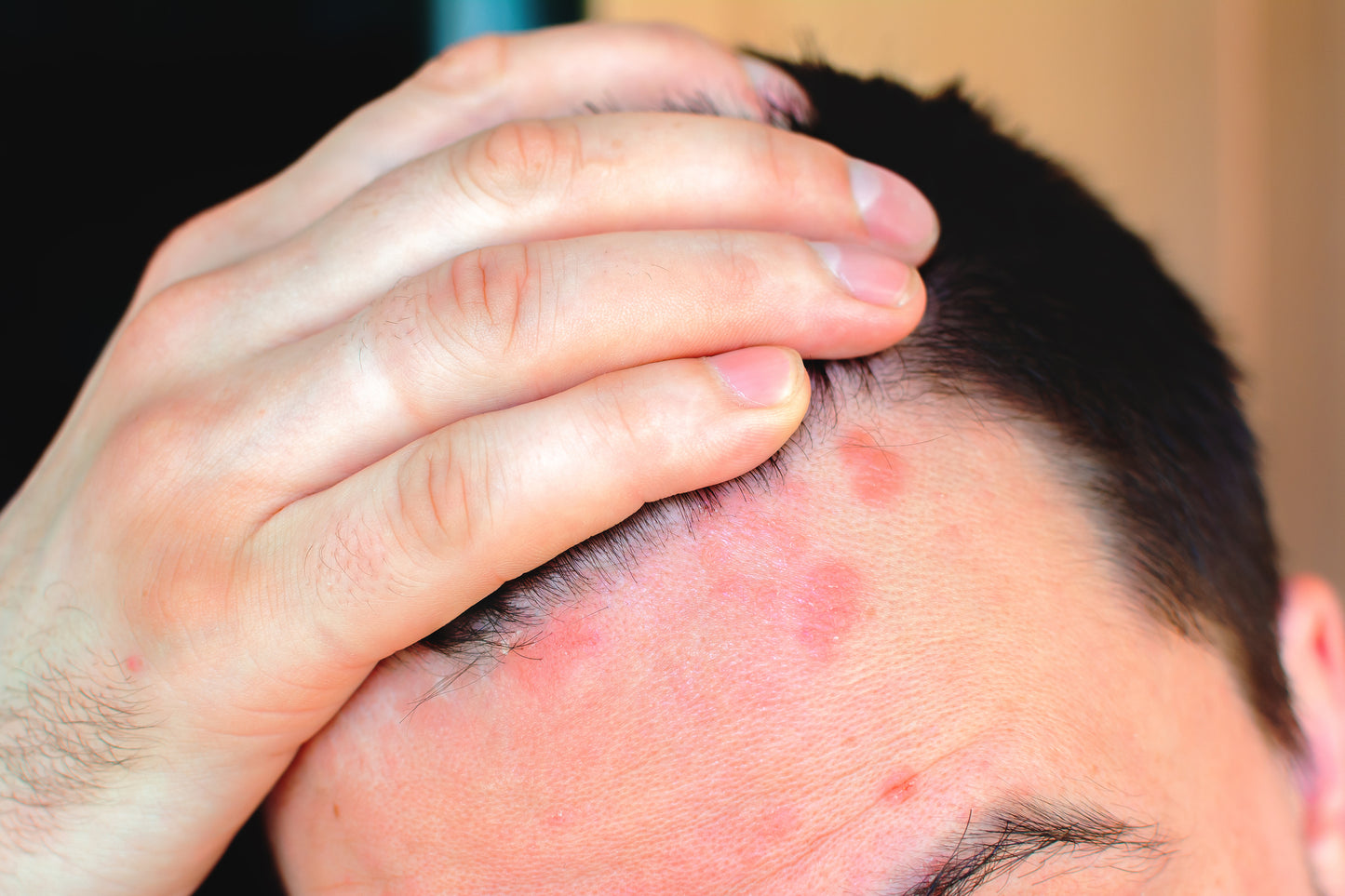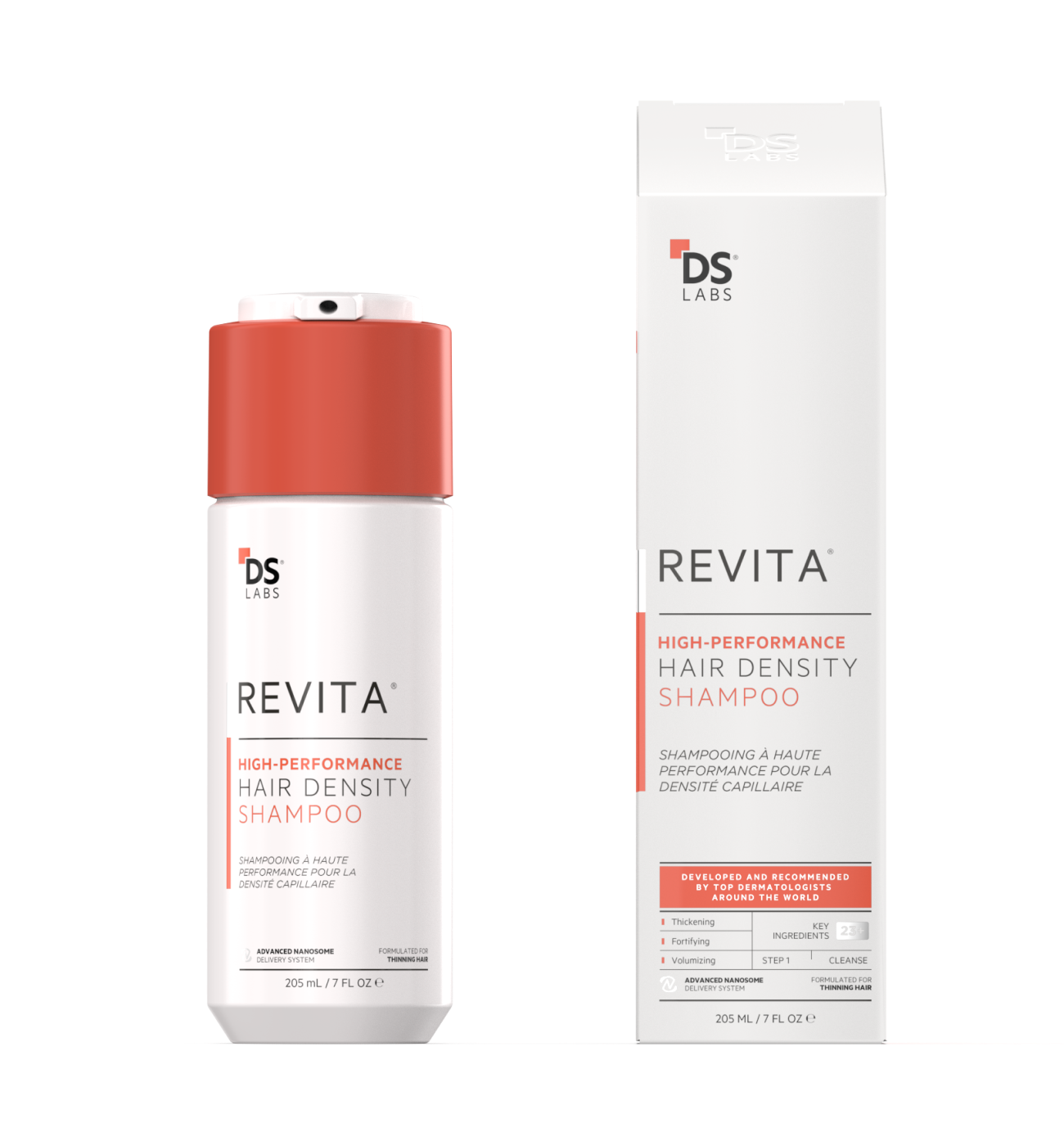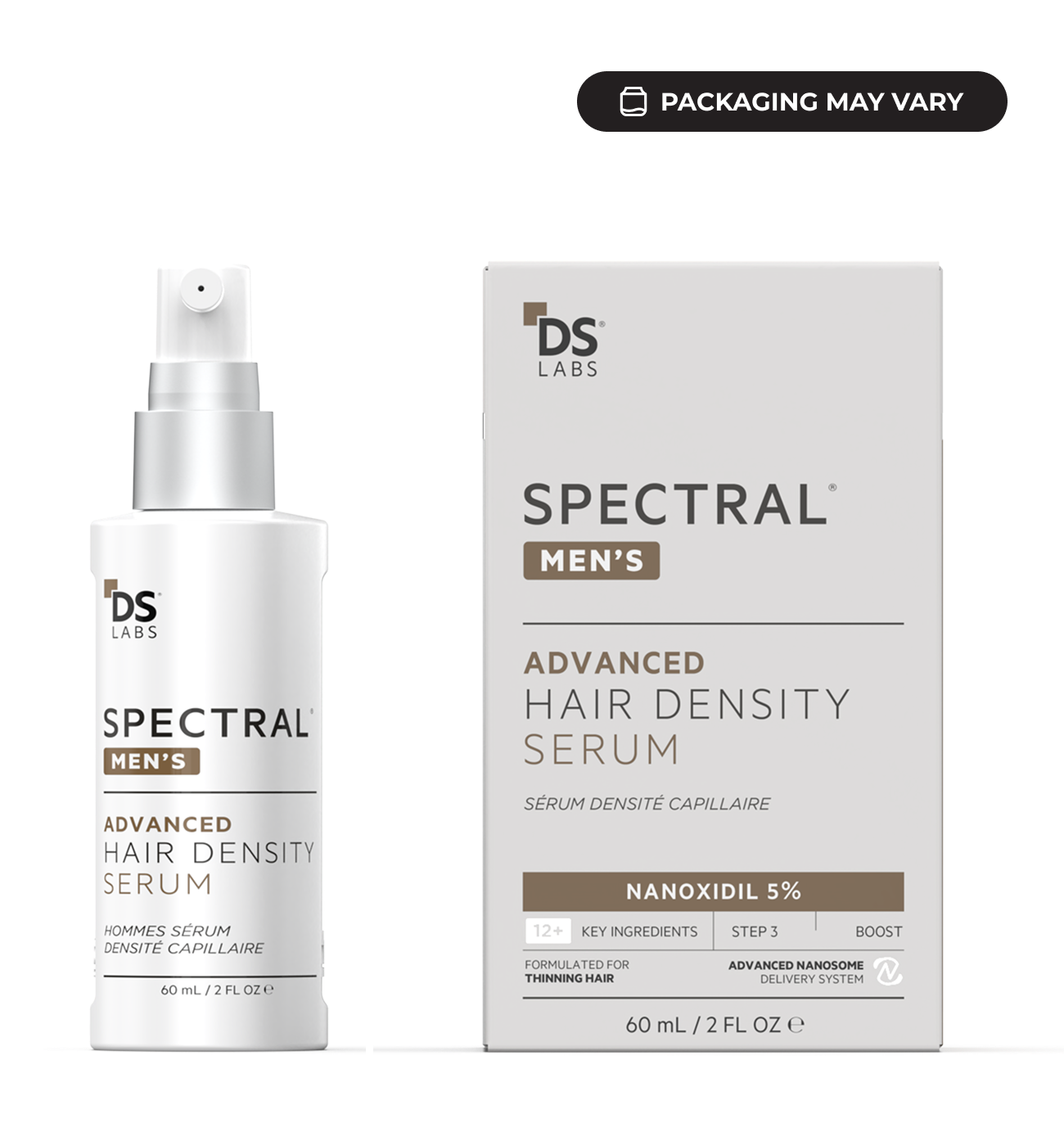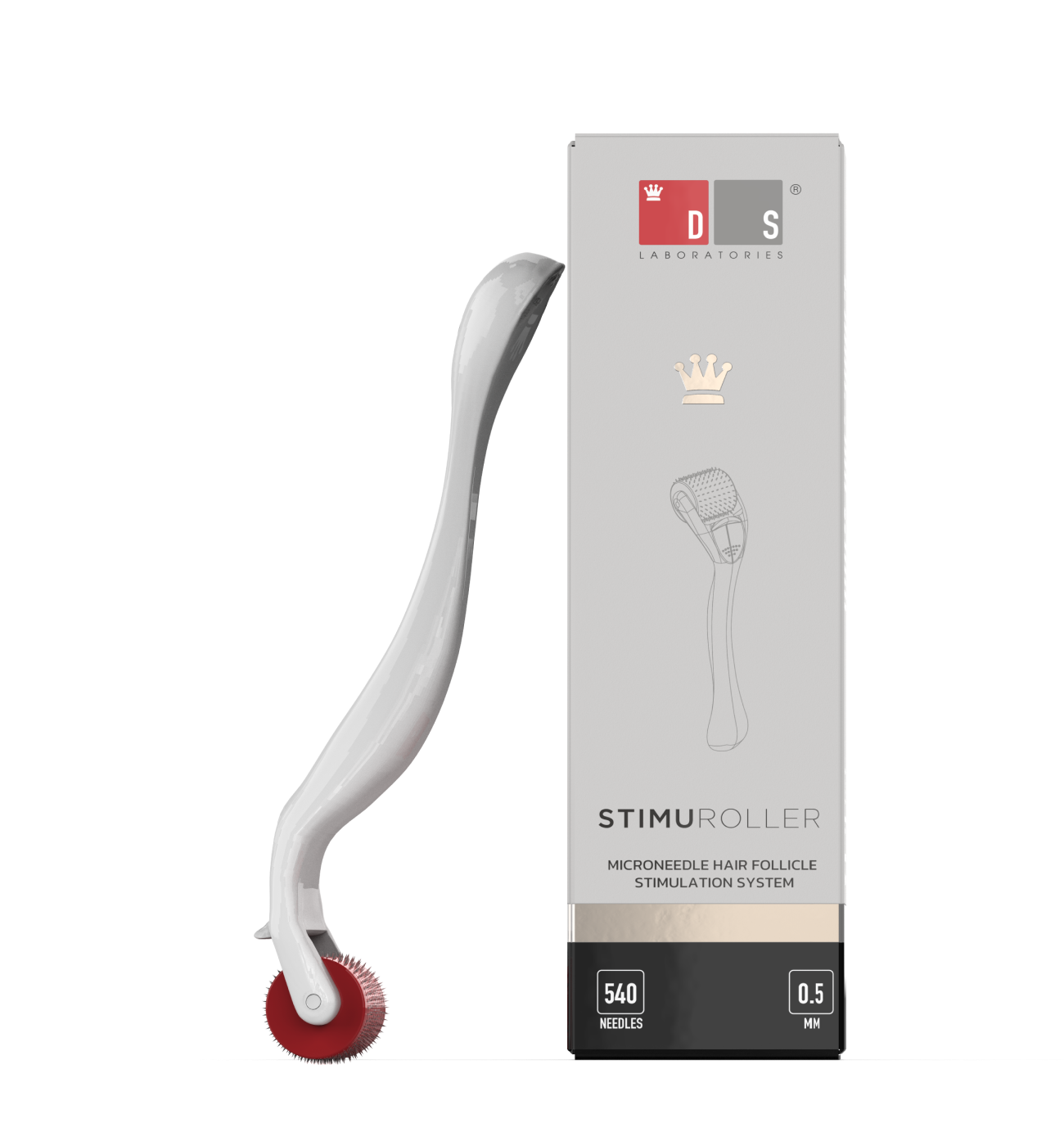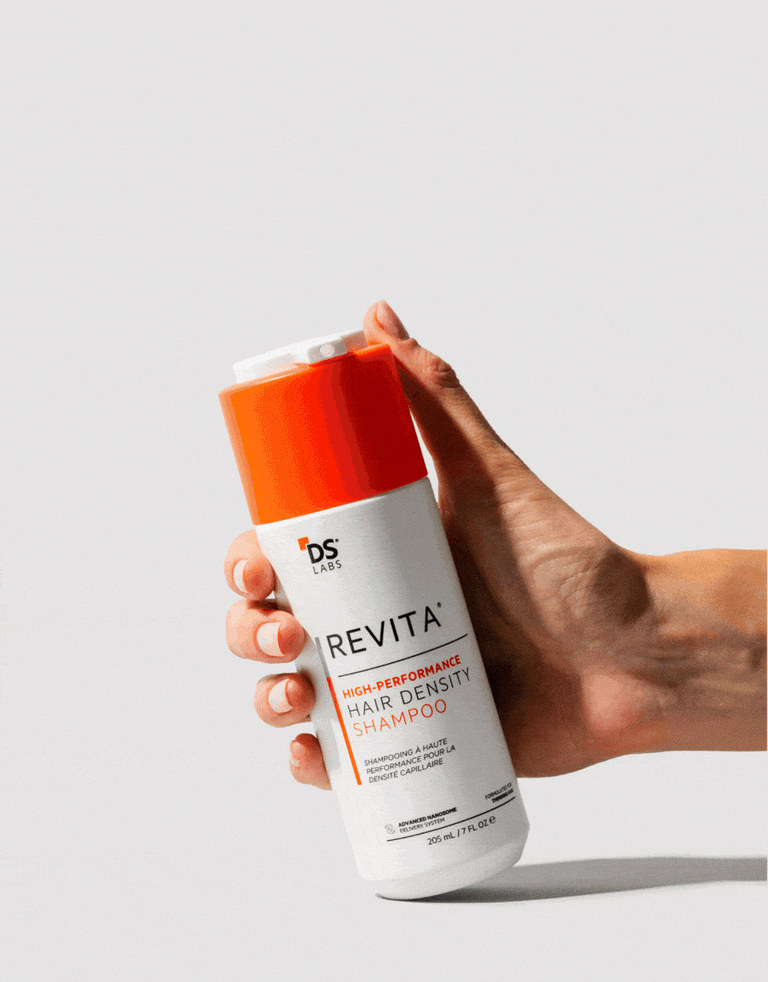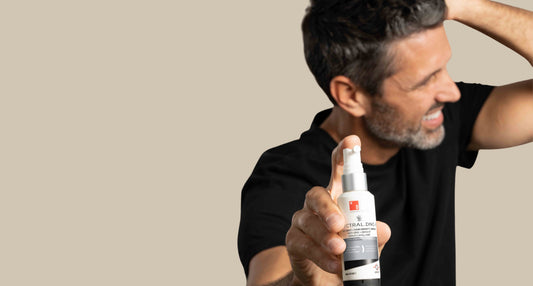Does your scalp feel itchy and irritated? It may be due to a scalp yeast infection. This type of infection is common among people of all ages, but children are more susceptible to it.
In this article, we’ll tell you more about it so you can determine if it is indeed what you have. We’ll also share some treatment options you can consider.
What Is a Scalp Yeast Infection?
Sufferers of scalp yeast infection have a fungal infection on their scalp that’s caused by an overgrowth of yeast like Malassezia or Candida.
Why does this happen?
The skin on our scalp is home to a natural balance of bacteria and yeasts. Certain types of bacteria prevent yeast from overmultiplying, but when they fail to do their job, Candida has the opportunity to gather and dig beneath the surface of your skin.
This is when the problem begins.
When your scalp has too much of this yeast, it may lead to a skin infection that can result in an itchy, flaky rash.
Causes of Scalp Yeast Infection
A scalp yeast infection occurs when there is an imbalance in the scalp’s natural flora, aka bacteria and yeast. While Candida and Malassezia typically thrive in unusually moist and hot climates, their overgrowth can also happen due to:
- Harsh chemicals found in hair care products
- Unhealthy diets
- Stress
- Uncontrolled diabetes
- Medications like antibiotics and corticosteroids
- Medical conditions that wreak havoc on your immune system, such as cancer
- Skin conditions like psoriasis
- Excessive sweating or hyperhidrosis.
Small abrasions on your scalp can give yeast an entryway below the surface. It can also be caused by follicular occlusion syndrome - a condition where hair follicles are blocked by keratin, a type of protein found in the hair. This blockage can cause inflammation and can make hair follicles rupture.
Some people are more susceptible to scalp yeast infection. Risk factors include:
- Diabetes
- Eating an unbalanced diet
- Stress
- Hyperthyroidism
- Pregnancy
- Cancer treatment such as chemotherapy
- Antibiotic and steroid use
- Compromised immune system
Symptoms of Scalp Yeast Infections
How do you know if you have a scalp yeast infection? A common symptom is purple and red patches on the scalp. You may also experience:
- White or yellow flaky and greasy scales on the scalp
- Cracks and patches on the skin
- Crusts that may cause shedding
- Areas that appear soft, white, and moist
- Pimples filled with pus
If the infection spreads beyond the scalp, you may notice:
- Digestive issues
- Fatigue
- Irritation in the urinary tract or genitals
- Sinus pain
- Creamy white, painful lesions in the mouth (oral thrush)
Keep in mind that seborrheic dermatitis can have the same signs and symptoms as scalp yeast infections, so you’ll have to see a doctor to find out what you have. A medical professional can physically examine your scalp or gently scrape off some skin to get a sample from the affected area.
Treatment Options for Scalp Yeast Infection
A scalp yeast infection may result in flakes and dead skin buildup which could damage the hair follicles and lead to hair loss, especially among those with hypothyroidism.
If left untreated, it can spread beyond the scalp and affect external and internal organs, the digestive system, and the bloodstream, causing serious health concerns.
Starting treatment ASAP will help. Most cases of scalp yeast infections are curable, and there are multiple treatment options available, including:
Antifungal Medication
Research has shown that a combination of azoles and allylamines can have an 80-100% success rate in treating yeast-based infections like candidiasis.
Over-the-counter (OTC) Treatments
OTC antifungal treatments come in three different forms: shampoo, foam, and ointments.
For maximum effectiveness, choose OTC treatments with the following ingredients:
- Clotrimazole
- Econazole
- Ketoconazole
- Miconazole
- Naftifine
- Oxiconazole
- Terbinafine
These active ingredients are your best course of action against a scalp yeast infection.
Prescription Treatments
If you’re looking for a quick and easy way to clear up your infection, talk to your doctor to see if they can provide you with prescription treatments. Prescription treatments like cortisone cream, nystatin, and amphotericin B can give you a better chance of fighting severe scalp irritation.
Home Remedies
Do you prefer natural alternatives to treating scalp yeast infection? Home remedies for scalp yeast infection may work, although more research is needed to fully establish their efficacy.
That said, here are some options you can try:
- Apple cider vinegar. Dilute it with equal parts water to loosen dead skin and reduce inflammation.
- Coconut oil. You can use it on its own or with a few drops of essential oil because of its antifungal properties.
- Essential oils like tea tree oil and lavender oil. Mix them with coconut oil or another carrier oil to treat your scalp yeast infection.
Consult your doctor before using natural remedies as they can interact with other medications.
Prevention Is Better Than the Cure
Keeping your scalp dry, clean, and cool can help you avoid scalp yeast infections. You can also:
- Avoid using steroids and antibiotics. Use them only when necessary.
- Limit the use of hats and scarves to allow your scalp to breathe as they can trap moisture.
- Eat a healthy, well-balanced diet.
- Stay hydrated.
- Avoid the overconsumption of sugar, starch, and alcohol.
Taking a holistic approach to wellness will ensure your hair and scalp’s health.
Wrapping Up
Scalp yeast infections are common and easy to treat. They typically disappear between 2 to 8 weeks with early treatment, but they can recur depending on your scalp’s health. If you think you have a scalp yeast infection, consult a doctor for treatment options and to help ensure it doesn't spread to other body parts.


